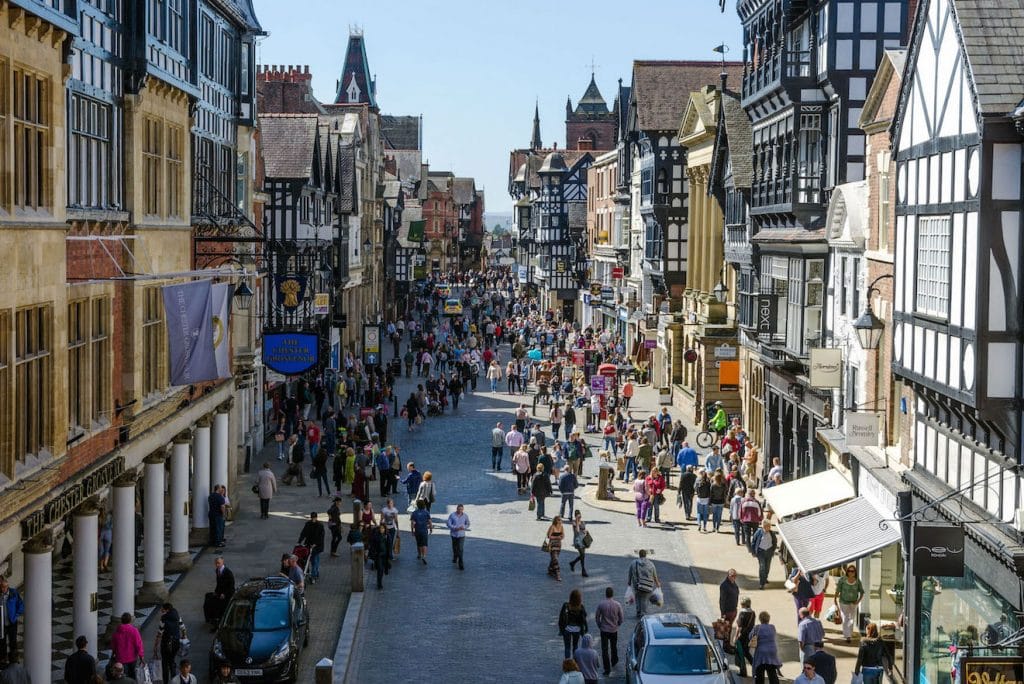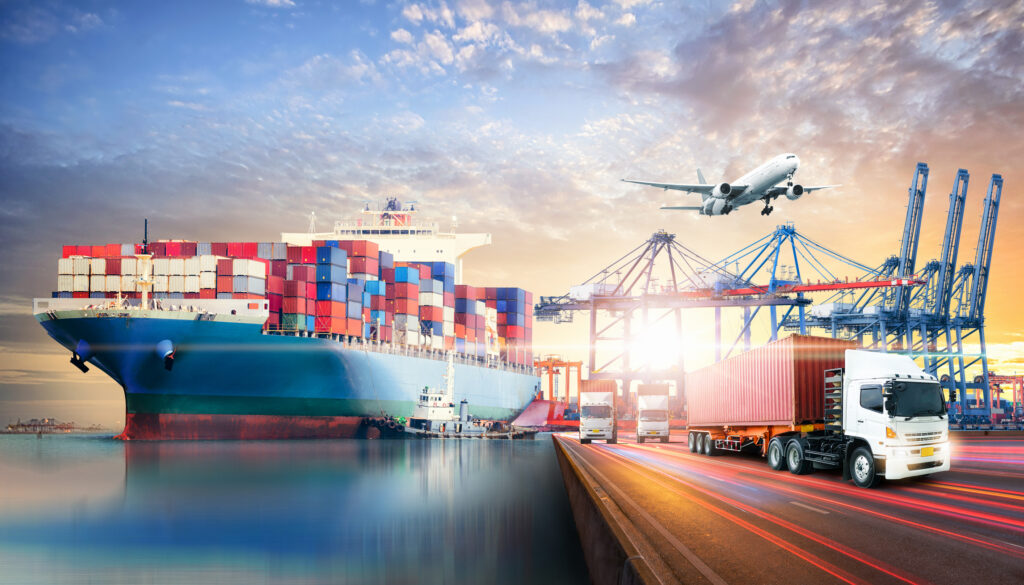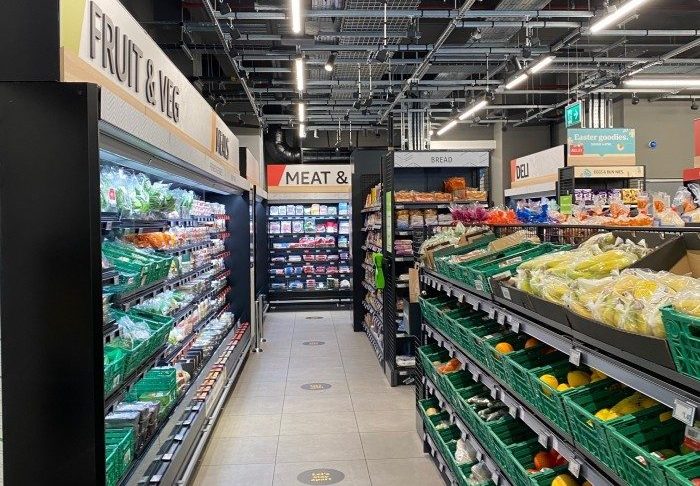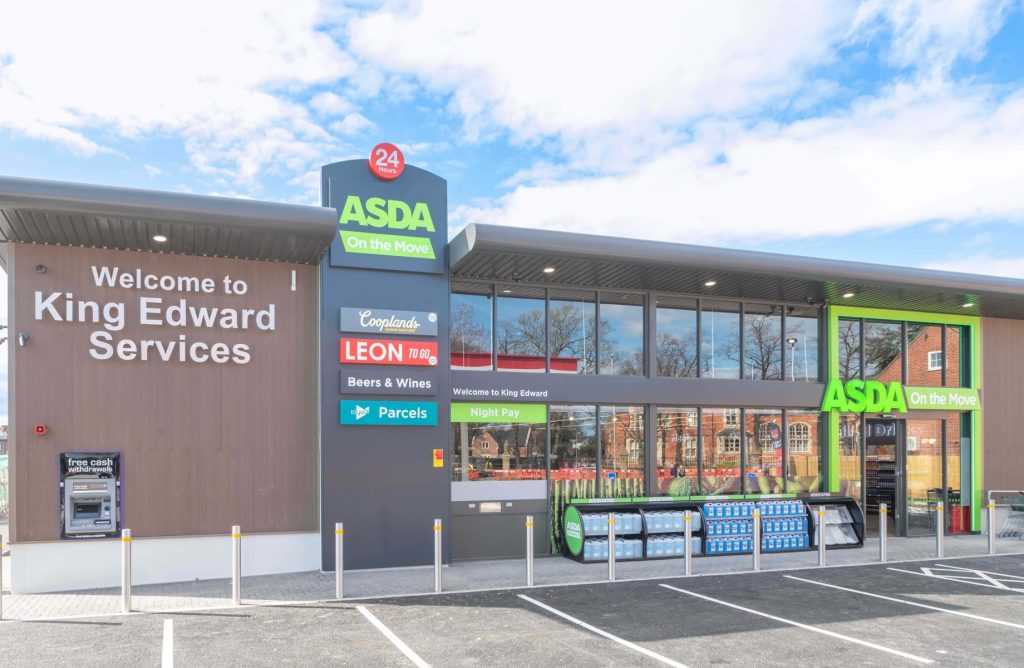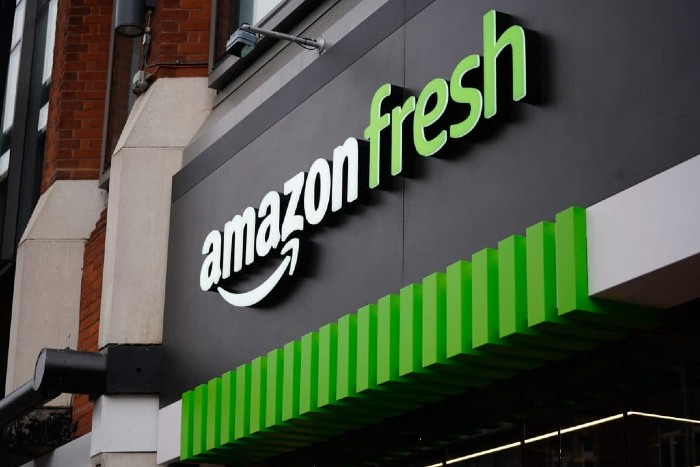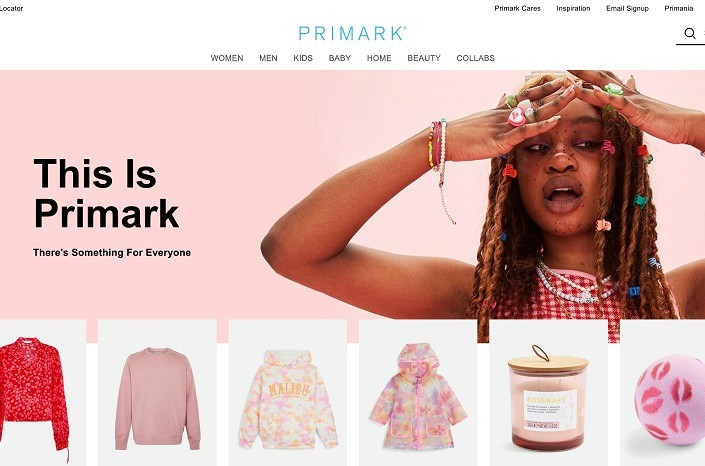It’s well-acknowledged that the high street as we know it – or to be more accurate, physical retail space in general – is under significant pressure.
Stores are being closed, footfall is generally suppressed, profit-warnings are being issued, shopping centres are “in crisis” but in truth, this has been coming for years. There are multiple factors that might be identified as having influenced it – but it is online that tends to find itself in the crosshairs when blame is assigned.
Now physical retail models are desperately being sought that are appropriate to the 21st century. The term “experience” comes up a lot when retailers talk about how they are updating their store formats (though, in truth, often with little substance behind it) and there are plenty of businesses pushing their tech – iBeacons, in-store tracker cameras, robotic assistants – as the solution to all retailers’ problems. Some initiatives can help to control overall costs and perhaps something will click into place at some point that engages shoppers to an extent that it makes a notable different in driving footfall, building sales and making stores relevant again. Or perhaps it won’t.
Because technology has, thus far, done little to address the core issue here – the simple fact that shoppers now have less need to make special trips to locations such as high streets, in their current guise, and are even less inclined to spend significant time there when they do.
Is this actually a problem though, or is it more just an issue of the current physical retail infrastructure being incompatible with how digital is changing customer experience and expectation?
“The absolute crux of the issue is that the UK high street has lost its main identity and purpose.”
What is the crux of the issue?
There are many potential reasons we might identify that could be exacerbating the current high street decline – economic pressures, high rent costs, increases in minimum wage, high parking and public transport charges, urban congestion charges, the rise of direct-to-consumer selling, the impact of Brexit on currency and profitability of supply chains to name a few. But the absolute crux of the issue is that the UK high street has lost its main identity and purpose and has not moved quickly enough to develop new, relevant ones. So, by extension, has a retail store.
The web has made every possible product that exists (both nationally and globally) searchable – and comparable in terms of product features, price and reviews – at the click of a button. People increasingly use smartphones, when and wherever they choose, to browse products (70 per cent-plus of traffic to retail sites is through a smartphone or tablet) with a level of convenience and breadth of choice with which physical retail space can never hope to compete. Any constraints around store opening hours are also not applicable online.
A traditional retail store, which might be a small space offering a few hundred products with limited variants (size, colour etc) or so for browsing (on a street or in a shopping centre that may only contain 30 or 50 different retailers), has far less of a role to play within modern purchase journeys than it did. Even large stores offering thousands of products cannot compete with the scale of the online inventory with all the variants required to cover customer preference and choice. Generally speaking, that old model of store has – thus far – failed to develop a sense of purpose and relevance to the digital age.
Online brings the store – which means every conceivable store, everywhere – to the shopper instead of the shopper going to the store.
Stores have traditionally been measured on the value of sales they make – with the transaction completed on the premises and the item taken home by the customer. Whereas traditional store-based retail was about in-out, interaction completed, modern digital retail is continual, ongoing engagement enabled by data, with the customer plugged into the supply chain in a way that wasn’t possible before, placing the focus on overall available inventory – connecting any individual to any thing – rather than any restrictions being imposed by geography (physical space) or time (access hours).
It may not be a very appealing truth, but it might be more accurate today to view the store primarily as an extension of the supply chain – stores are increasingly becoming a kind of ‘physical user interface’ for shoppers to access, try, collect and return items of interest to them, which were digitally requested and have been moved there through complex supply chains.
The pantomime villain
Against this backdrop however, online retail often finds itself cast in the role of pantomime villain.
In the national debate, the clock has been set back years to when headlines often claimed online was ‘killing the high street’. It’s back to a pitched battle of online vs offline, rather than channels working in tandem – and politicians from all sides are finding it politically-expedient to ‘save the high street’ by calling for heavier taxes for online retailers.
The suggestion is often that online retailers don’t have the infrastructure costs of stores, therefore it’s not a level playing field. But – they do have costs to factor in that are more specific to them, such as operating more advanced supply chains, fulfilment and home delivery of individual items and of course returns costs (about 25 per cent of online orders are returned – the majority incurring distribution, handling, re-processing and packaging costs). These are not insignificant factors at all and are costs that high street stores largely avoid.
The recent tax-cuts for small high street retailers would have been welcome news for them, but is that really the solution? How will they use that additional money to develop their propositions, will it be sufficient to drive people back to retail stores again, or will they continue shopping through their highly-convenient smartphones?
Online has changed expectations by providing instant satisfaction and convenience – the challenge for the high street is how to develop its own version of that while also finding additional, compelling reasons for people to leave their homes, get in their cars / on public transport and spend potentially several hours there. The community aspect does need to be catered for, though not at the absolute expense of retail.
“Physical retail has almost been written off as passé – yet traditional retail stores are not going to just vanish.”
“Post-retail” high streets?
Much has been said about this need to look outside of traditional retail as part of the solution to maintaining the survival of the British high street – with more community (leisure centres, libraries etc) and leisure premises (food halls, coffee shops, gyms etc) recommended to make them hives of activity again.
However – as so often seems to be the case when putting forward solutions to this issue – these types of location already exist, sometimes in vast quantities, without having arrested the general decline. Restaurants have not been immune to the downturn and we might wonder how many more coffee shops we can actually accommodate. Some community, some leisure probably has a role to play, but can they be the full solution in itself?
Amidst this debate, physical retail has almost been written off as passé – yet traditional retail stores are not going to just vanish.
There are recent precedents that suggest the traditional store will continue to exist.
Consider the plight of pubs, for example. CAMRA estimate that 18 pubs closed every week during the first half of 2018 – a trend that has been going on for several years. Yet the British pub is not going extinct, the industry is just going through a process of consolidation as there are too many now for the reduced level of demand. And, crucially, the ones that are surviving have tended to change their model, serving food (and, most likely, gaining a higher overall average spend per customer in the process). It is fundamental change that has enabled them to adapt and thrive.
Neither is it the case that there is no place for a “traditional British pub” – some are able to continue without offering food or changing much at all.
Music offers another example. Music-streaming has essentially made physical music mediums redundant but, just because something doesn’t seem to have any relevance anymore, doesn’t mean it disappears entirely. Indeed, UK sales of vinyl were up 26.8 per cent year-on-year in 2017.
Is omnichannel dead?
And yet, it was never meant to be this way.
For years, one of the main buzz terms in retail has been “omnichannel” which, in a simplistic sense, refers to a kind of idealised experience for both customer and retailer. As people have so many devices, networks and channels through which to engage with retailers, not to mention doing so both in-store and online, omnichannel means that the customer should be able to get a consistent experience across all, seamlessly moving between channels without having to start from fresh again each time. For retailers, it means structuring their operations to enable that aspiration, which is never as straightforward as it sounds.
And this was the dream, this was the direction – this was where retail was heading, with stores and online working collaboratively, supporting the customer experience as they move between channels and devices to the benefit of both store and online.
The problem with this dream is that omnichannel has increasingly come to sound like a generic marketing term; something that sounds great in principle but that hasn’t found expression in any widespread, meaningful way. Whether this is because, generally speaking, retail boards tend to still be rather “traditional-minded” and many have been too slow to adapt working culture to accommodate digital, the technology hasn’t evolved quickly or affordably enough, or adoption of technology hasn’t been fast enough is a moot point. Whatever the answer, arguably the only solutions that have successfully brought online and offline together, at any scale, have involved giving shoppers greater convenience and control over their orders; enabling them to return items purchased online to store and, most notably, click and collect (which is used for over one-in-three online orders for multichannel retailers now).
“Nature of browsing and purchasing has undergone profound change in recent years and technology will continue to disrupt.”
This gives us a clue as to how stores may need to re-purpose in order to maintain relevance in the digital age.
The optimism of omnichannel appears to have been forgotten in the national debate. For modern retail to work – which means the digital and the physical working together – omnichannel, or something like it, needs to become less of a marketing term and more of an industry-wide imperative.
An alternative view on the evolution of physical retail space
When debate around this issue in the public domain has an optimistic slant, it tends to be focused on how to evolve physical space – high streets and shopping centres – from its current model by diversifying the mix of businesses and services that make-up those spaces. It’s far less common to find that optimism in relation to how retail itself could evolve.
As set out in this introductory article, the nature of browsing and purchasing has undergone profound change in recent years and technology will continue to disrupt established ways of doing things, as digital exerts a greater influence and becomes ever-more embedded in our behaviour.
And yet – no matter how “digital” activities such as shopping become in nature, the physical point of receipt or collection of an item will always be a fundamental part of it. How, where and when are the questions that need to be addressed for physical retail to make sense today.
When shopping online the customer, without realising of course, is essentially flicking through the catalogue of products that are either currently sat in a warehouse, or even still with the supplier or manufacturer (using drop-ship models) – as is the nature of distance-selling, it is marketed in such a way so as the customer doesn’t feel like that is what they are doing really; the process as far as they are concerned is colourful and engaging, even if the reality is just them requesting a box to be moved from one place to another.
So, retail today has become far more about the connection of individual to product and the fulfilment and collection of that product. As the advantages that stores used to offer have been lessened – and barriers to reaching them have increased – their relevance now is to fit into that overall supply chain in a way that makes practical sense, while still providing greater convenience and engaging experiences around that practical need.
Traditional shops – i.e. ones that stock and merchandise a selection of products for in-store browsing – will always serve some purpose but, just as the web provides complete choice, convenience and availability, so the experience in physical retail spaces on the part of the shopper needs to present them with a level of access that complements that; enabling shoppers to be able to collect and return anything, anywhere.
This article has served to introduce the online perspective on the physical retail issue, suggesting that the need for change in relation to physical retail space should be viewed as an opportunity, rather than a scramble for survival with online pigeonholed as the pantomime villain – which is how it often finds expression at present.
In the next two articles that complete this series will look at:
- Setting out how modern physical retail locations could evolve; and
- The environmental benefits of physical retail and how collaboration can help to solve some of the issues inherent to online.
The proposal set out here is not just to bring elements of the internet into stores, but for stores to become fully integrated with the way the internet works.
Andy Mulcahy is Strategy and Insight Director and IMRG and Andrew Starkey is Head of e-Logistics at IMRG.
Click here to sign up to Retail Gazette‘s free daily email newsletter

